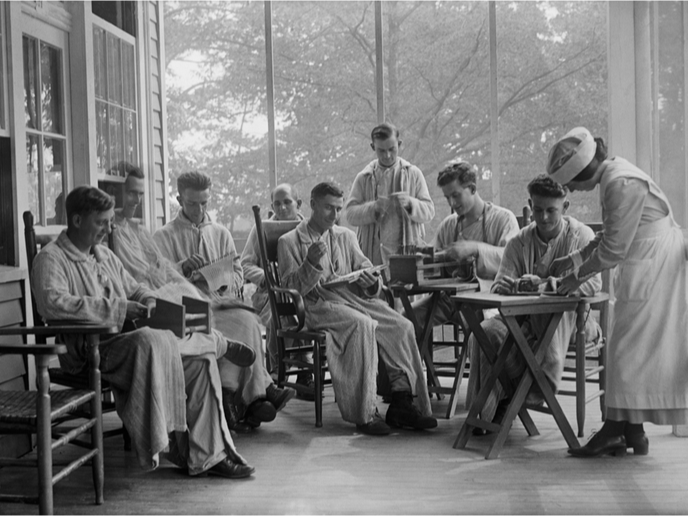Urban regeneration benefits from more inclusive community co-creation strategies
In the wake of the 2008 financial crisis, stalled investment in urban regeneration and welfare provisions have hit deprived neighbourhoods hardest. Top-down revitalisation strategies have often exacerbated existing trends. Some neighbourhoods have experienced increased gentrification, while others – often those with high levels of immigration and high unemployment – are beset by poverty and social exclusion. Research has highlighted the importance of local context, access to affordable housing and democratic influence over planning decisions when looking at the drivers of these processes. Acknowledging the limitations of traditional (top-down) neighbourhood revitalisation strategies, the NEIGHBOURHOODCHANGE project explored bottom-up approaches. The project, supported by the Marie Skłodowska-Curie Actions programme, observed inclusive citizen engagement strategies used in regeneration planning processes, adopting action research as a method of inquiry. “You can’t understand neighbourhood change from planning documents alone, you need to also explore intangible influences – like the culture of planning or stakeholder attitudes,” explains Laura Fregolent from the Iuav University of Venice and the Marie Curie fellow’s supervisor. NEIGHBOURHOODCHANGE has repositioned local authorities at the centre of social innovation debate, and is calling for more flexible and transparent planning systems, open to collaboration between community-led initiatives and public administrations.
‘Bottom-link’ governance
Many European public institutions have been exploring ways to involve communities in urban planning solutions as they pursue increased transparency in the aftermath of austerity-driven spending cuts. Yet, while community-based initiatives offer a broader range of skills and experience beyond the usual ‘experts’, the most vulnerable groups, particularly the poorest and ethnic minorities, face barriers to participation. NEIGHBOURHOODCHANGE explored the possibilities of so-called ‘bottom-link governance’ which connects communities to their local government in a flexible way that can be scaled up or down depending on local capacity. “Here, social innovation becomes a highly contextual social and political process that changes the relationships between the different stakeholders involved in policymaking,” says Fregolent. The project’s field research was conducted in Parkdale, Toronto between February 2018 and May 2019. The fieldwork involved policy document analysis, participant observation of key urban spaces and of planning meetings, and in-depth interviews with key stakeholders, including community allies, policymakers and politicians. By identifying the circumstances whereby community-based initiatives can produce positive urban outcomes, the project highlighted the importance of agreed bottom-up infrastructures, transparently linked to decision making. “Our findings give some insights into how to implement more flexible planning mechanisms, at both community and institutional level, to maximise community engagement and promote change in how public institutions function,” adds the Marie Curie fellow, Elena Ostanel. The Parkdale People’s Economy in Toronto is a citizen-led social initiative that succeeded in influencing local authority decision making on issues such as the long-term affordability of multi-tenancy housing, securing USD 1.5 million for a pilot project. Parkdale People’s Economy also contributed to the creation of an inclusionary zoning policy which stipulates that new residential developments plan for mixed-income housing. The findings of NEIGHBOURHOODCHANGE are being further explored as part of the SOLIVID project which is developing a collaborative map and online resource of the solidarity initiatives set up in response to COVID-19.
Keywords
NEIGHBOURHOODCHANGE, urban regeneration, gentrification, community, social initiative, poverty, austerity, action research, citizen, COVID-19







